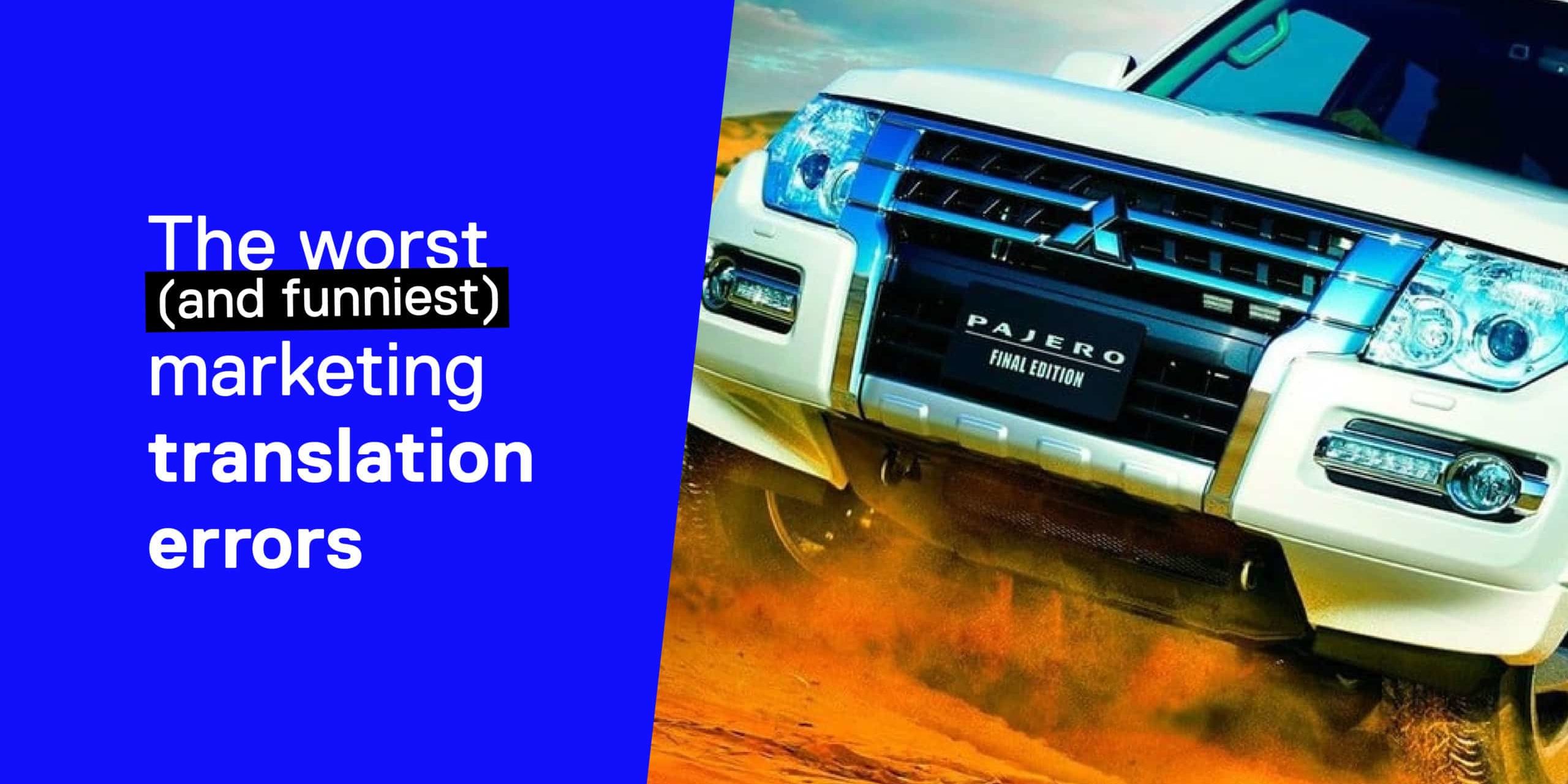In the world of marketing, we have to deal with “Chinese Whispers” style communication on a daily basis. If translation processes are not well controlled, then decoding a message in different languages and for different listeners can become a catastrophe. If you are faced with a global communication campaign, you will find that your listeners will number in the millions, in multiple languages and in countries with different cultures, even if they share a common language. This is not an easy task, and the following examples are good proof of this.
“Fly in leather”
In 1987, Braniff Airlines used the slogan “Fly in leather” in the USA to promote their brand-new comfortable and elegant leather seats. In Mexico, they used the slogan “Vuela en cuero”, which is the literal translation of the English original. But there this expression actually meant “Fly naked”.
“Tomb bus”
During the 1990s in Barcelona (Spain) there was a tourist bus called “the Tomb bus”, whose name derived from the Catalan expression “fer un tomb”, which means “to go for a ride” in Spanish. But in English it was translated as “tomb bus”. The drivers noticed a certain apprehension in many of their passengers as they boarded, but they didn’t know why.
“Got Milk?”
In the US, the slogan “Got Milk?” is well-known. When the American Dairy Association tried to use the same marketing strategy in Mexico (in Spanish), it was translated as “¿Tienes leche?”, which is a question intended more for a mother who has just had a baby. Fortunately, before going to market it was changed to “Familia, Amor y Leche” (Family, Love and Milk).
Car names deserve a whole other chapter. An uninformed decision here can waste millions in advertising expenditure.
“Matador”
In the 1970s, American Motors named one of its models “Matador” in English. According to the company, the name was intended to evoke images of courage and strength in English, but the name did not work very well in Spanish-speaking countries, as it literally means “the person who fights/kills the bull”. This was perhaps why potential buyers feared that the car would end up killing its driver, rather than a bull.
Mitsubishi Pajero
The Mitsubishi Pajero had to be called Montero in Spain. Fortunately, the name was changed before the release date, as “pajero” is a word associated with masturbation in Spanish.
Hyundai Kona
In Portugal, the Hyundai Kona had to be renamed Hyundai Kauai, because this word sounds like a very crude way of describing part of the female anatomy. They forgot, however, that in Galicia (Spain) they speak Galician, which is a variant of medieval Galician-Portuguese, and that this term is also used there, and it is also a very popular swear word. Galicians inevitably laugh when they see one pass by. The Swedes, on the other hand, don’t laugh at the Honda Fitta, because it was never called that, having been changed to the Honda Jazz. Funnily enough, Fitta in Swedish means the same as Kona in Portuguese.
As you have seen, in some cases disaster was averted, and in others it was not even known about until the last minute.
It is highly advisable that promotional texts, product names and in particular slogans are thoroughly checked in the target country to avoid unwanted surprises.
And of course, you can count on LexiaPark for your marketing translations. These errors would not have happened to us 😉.

